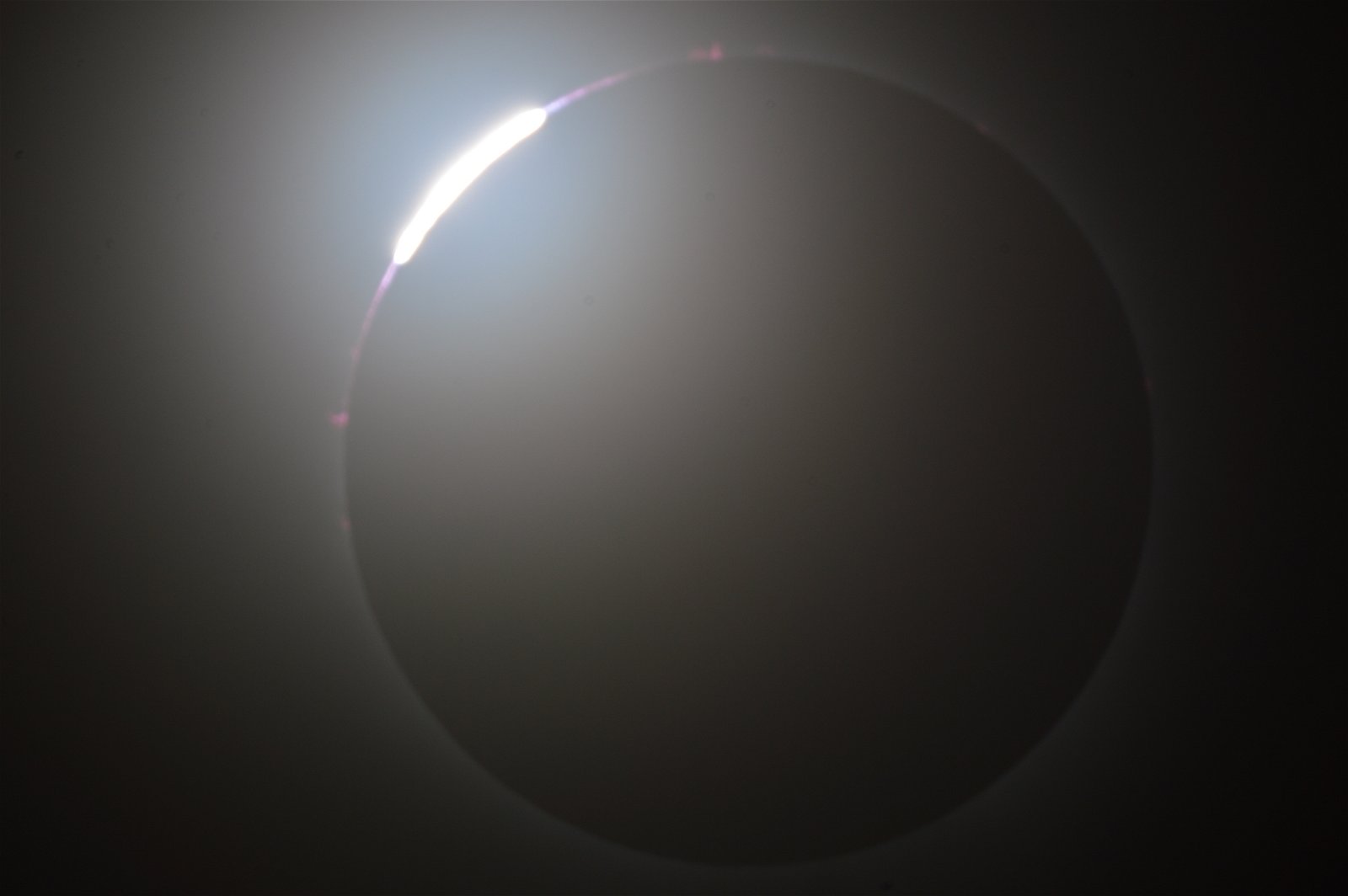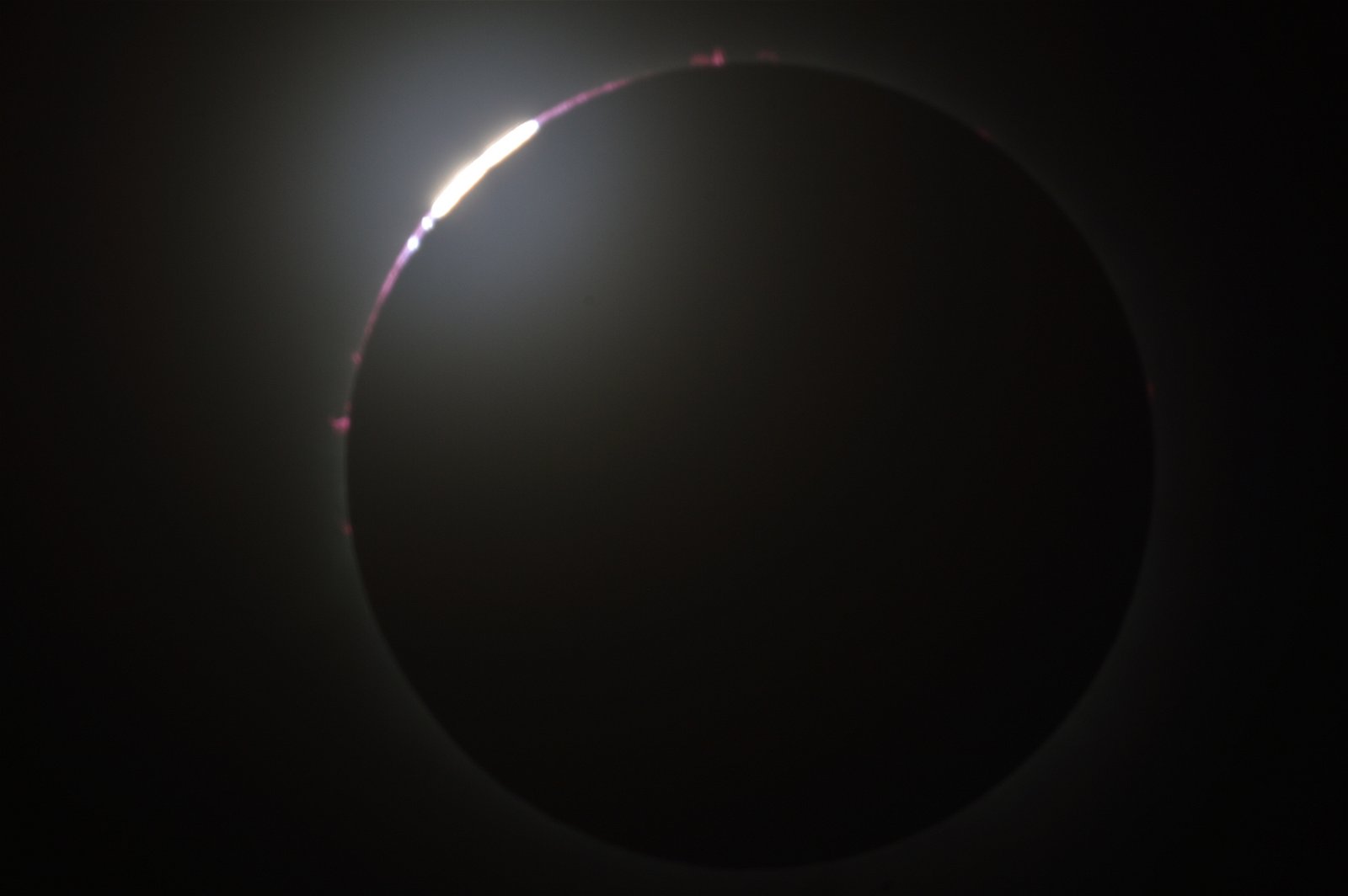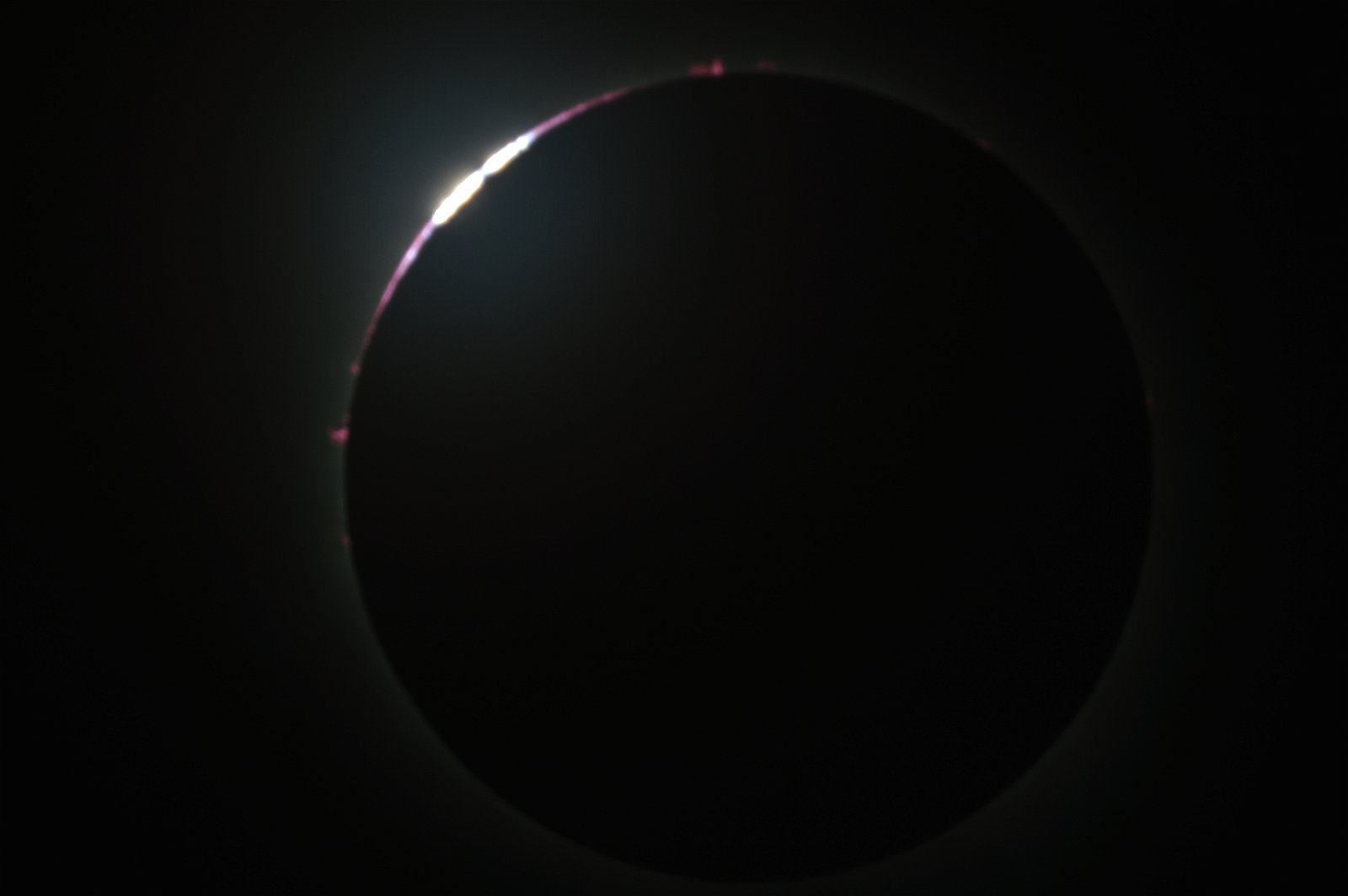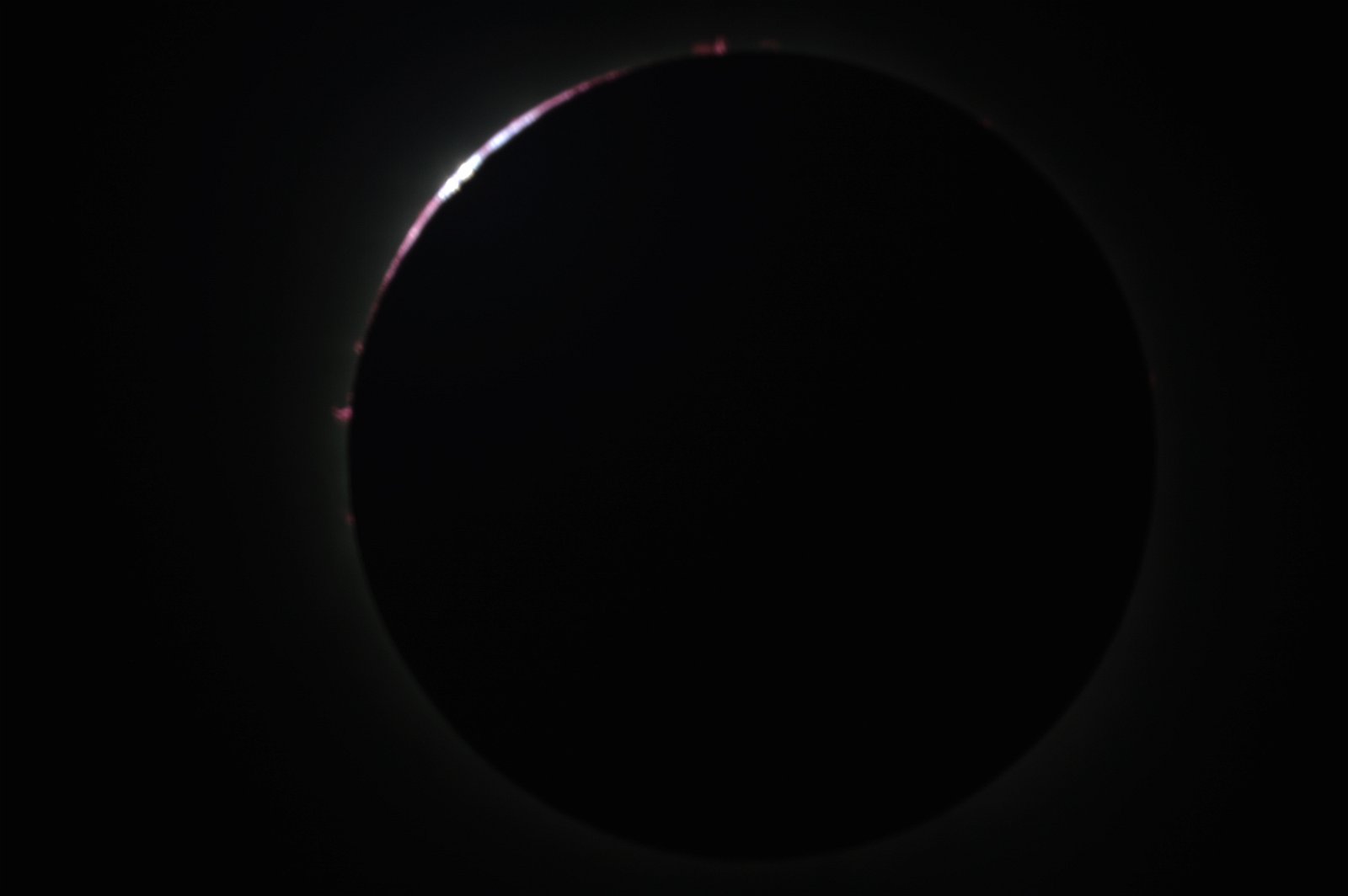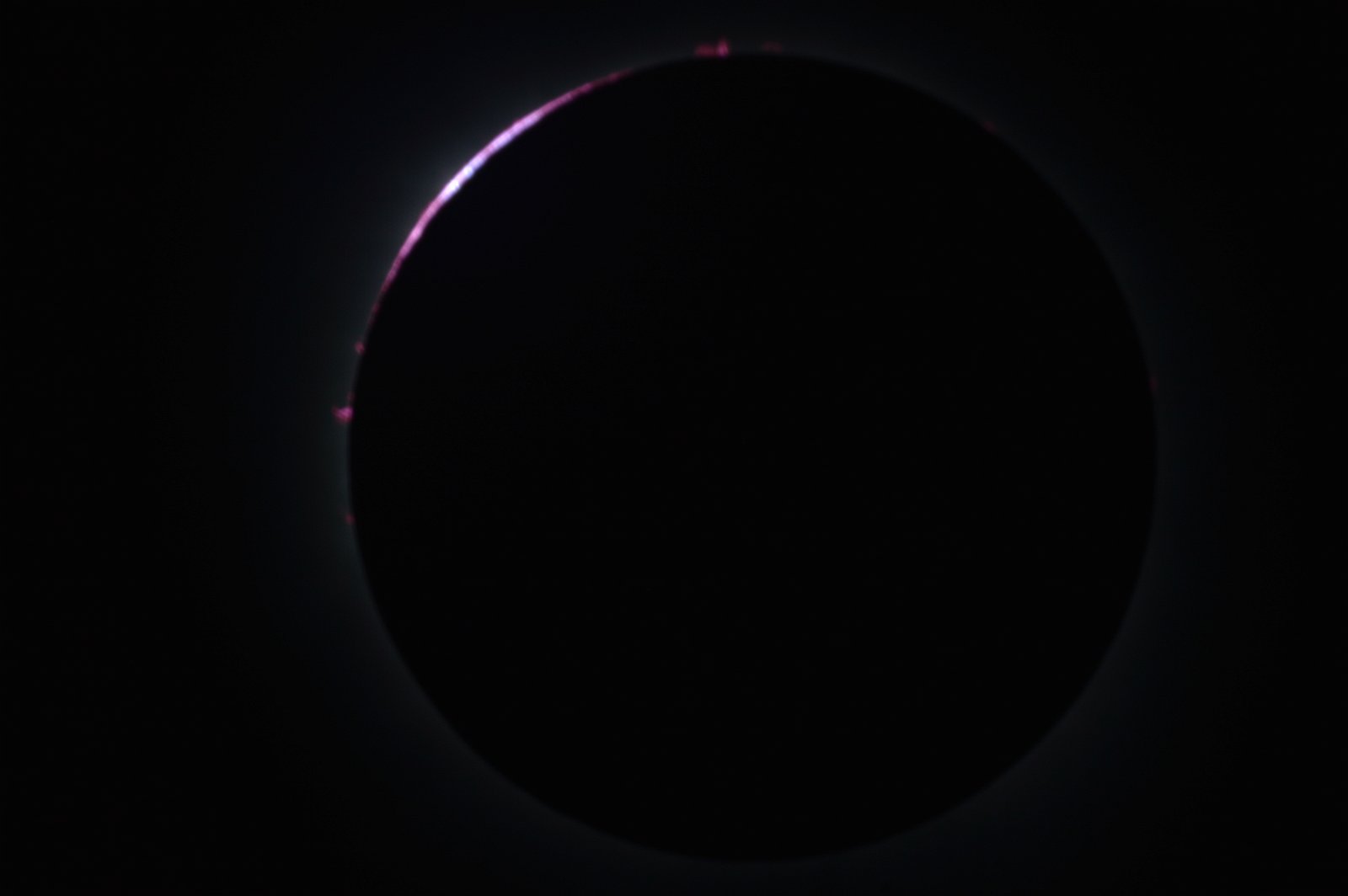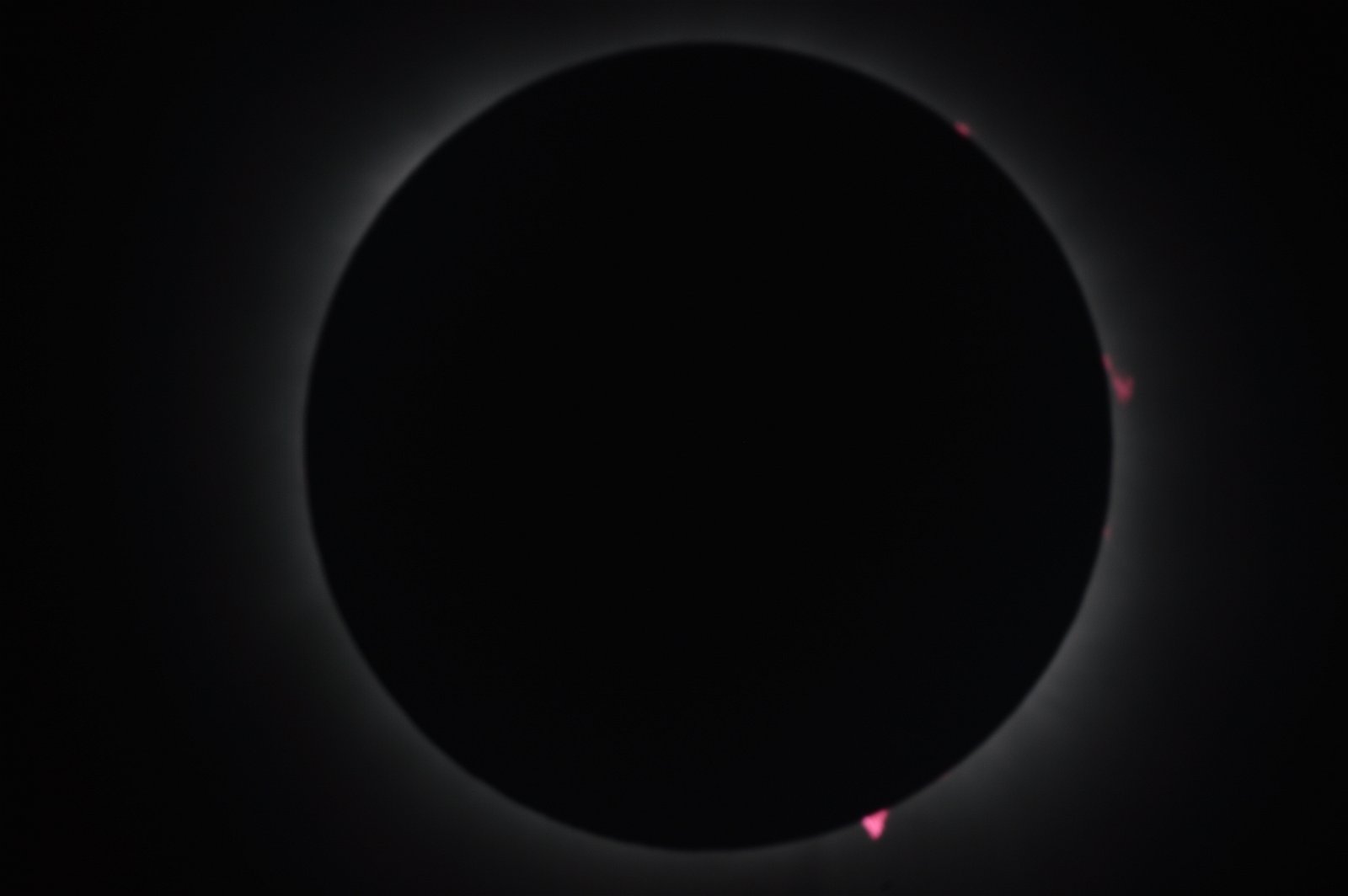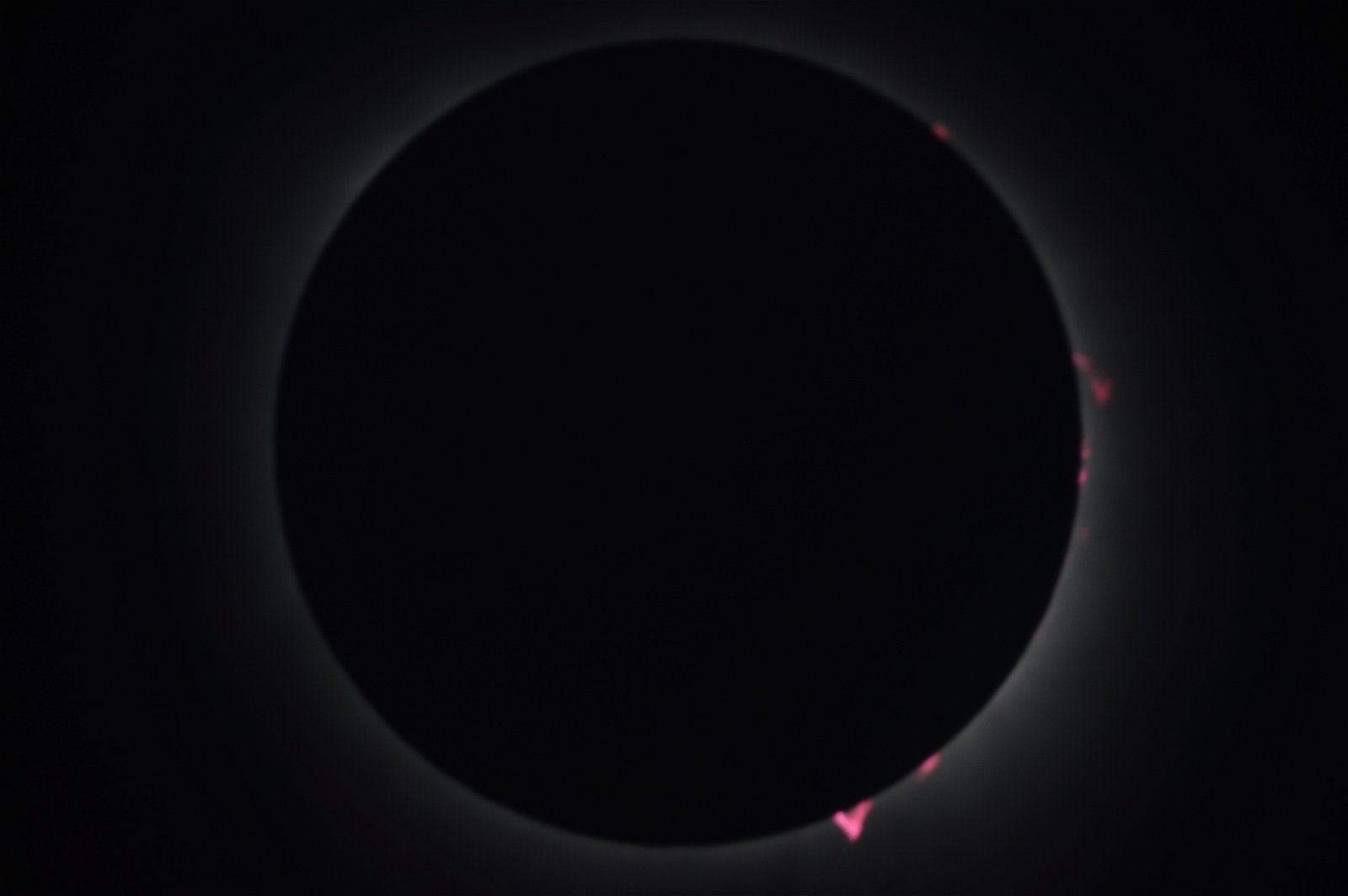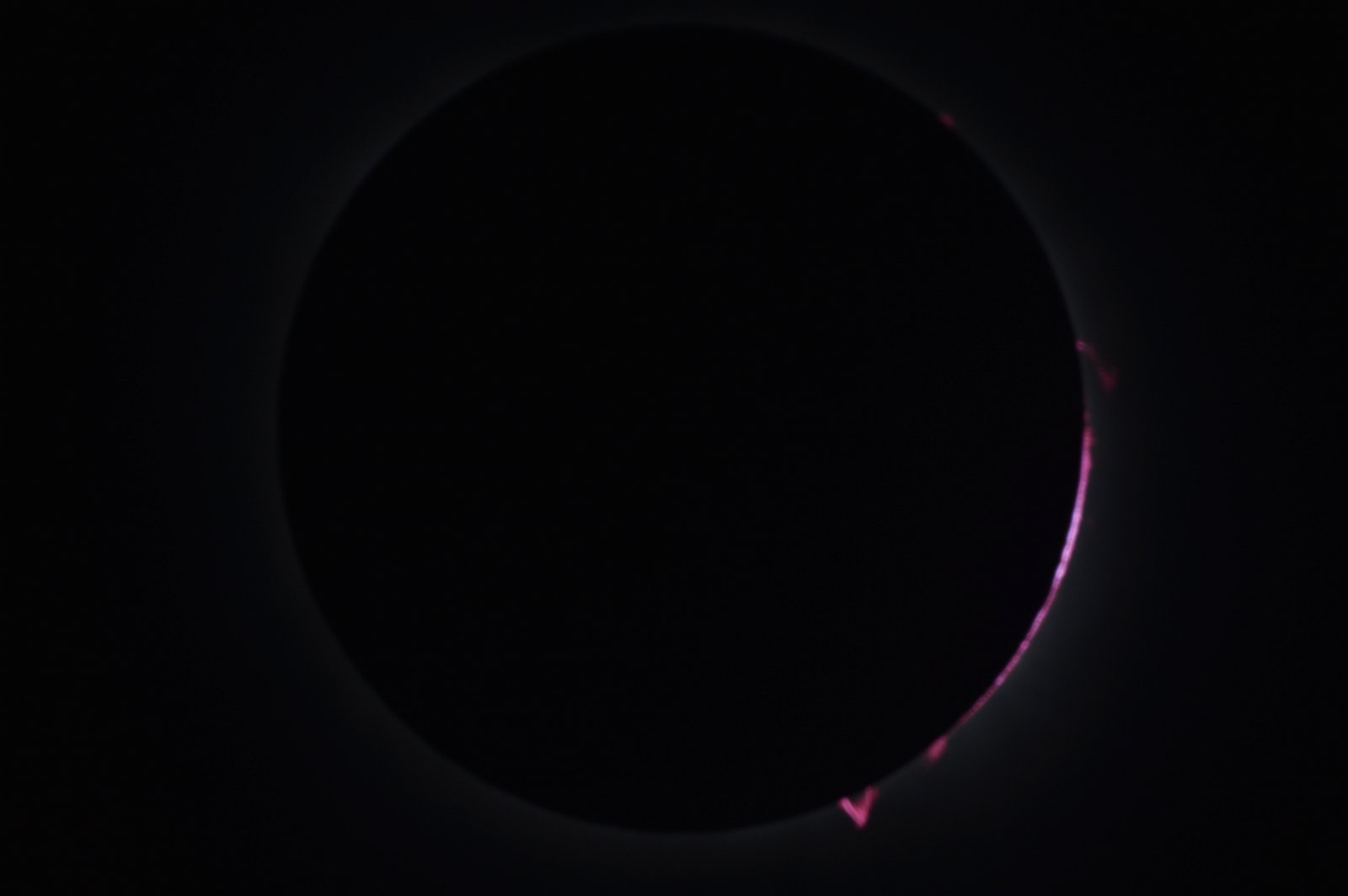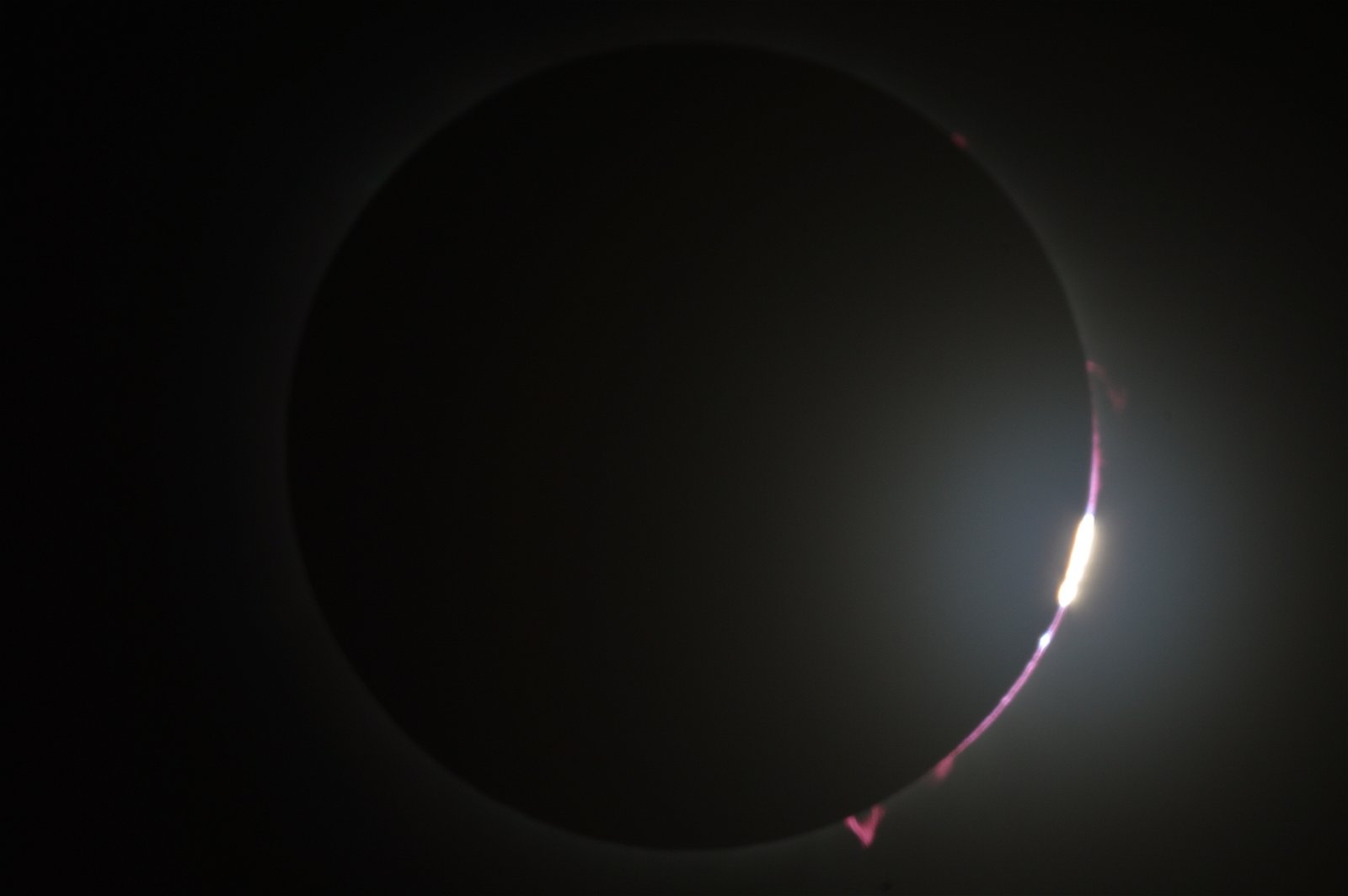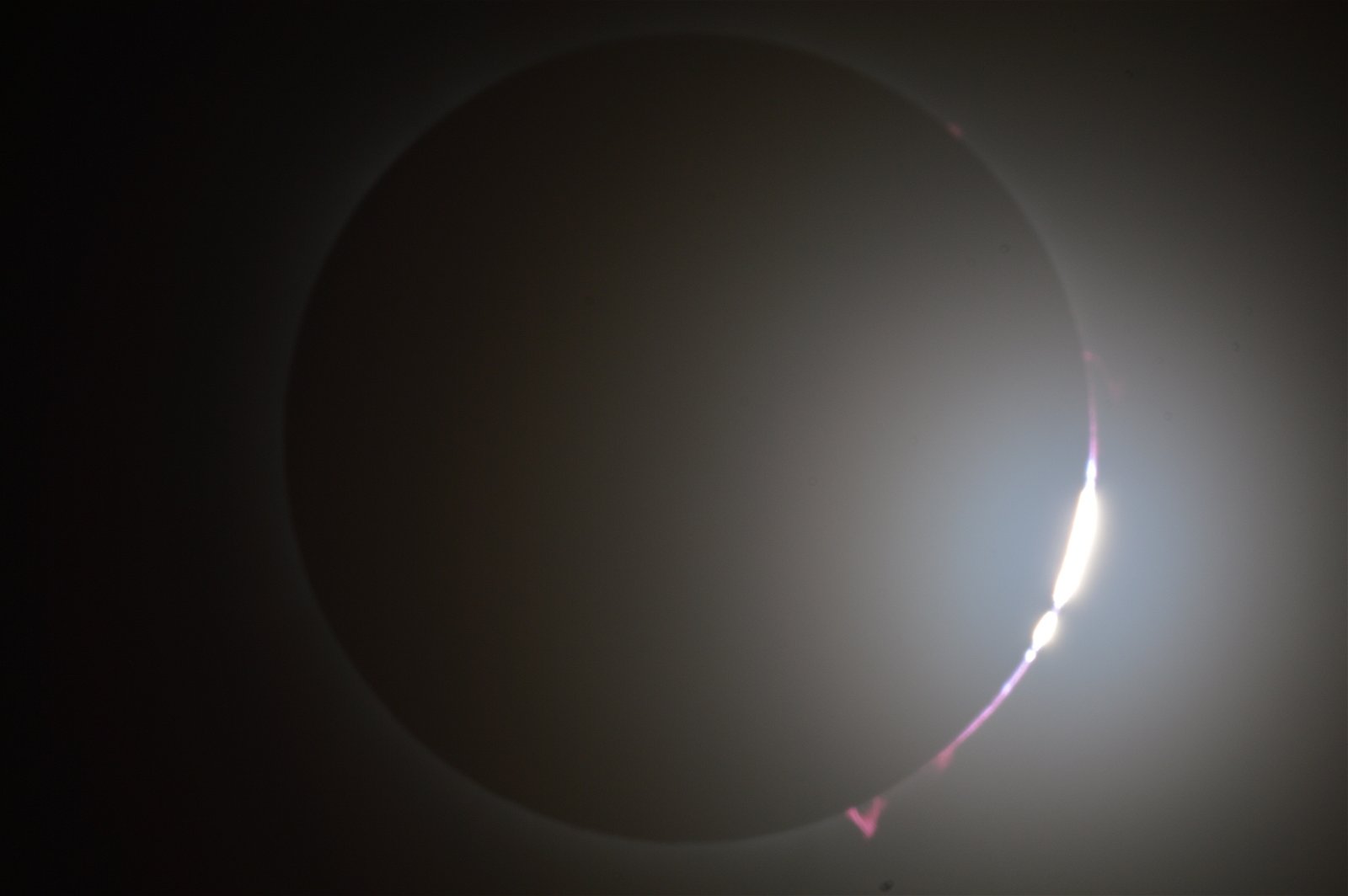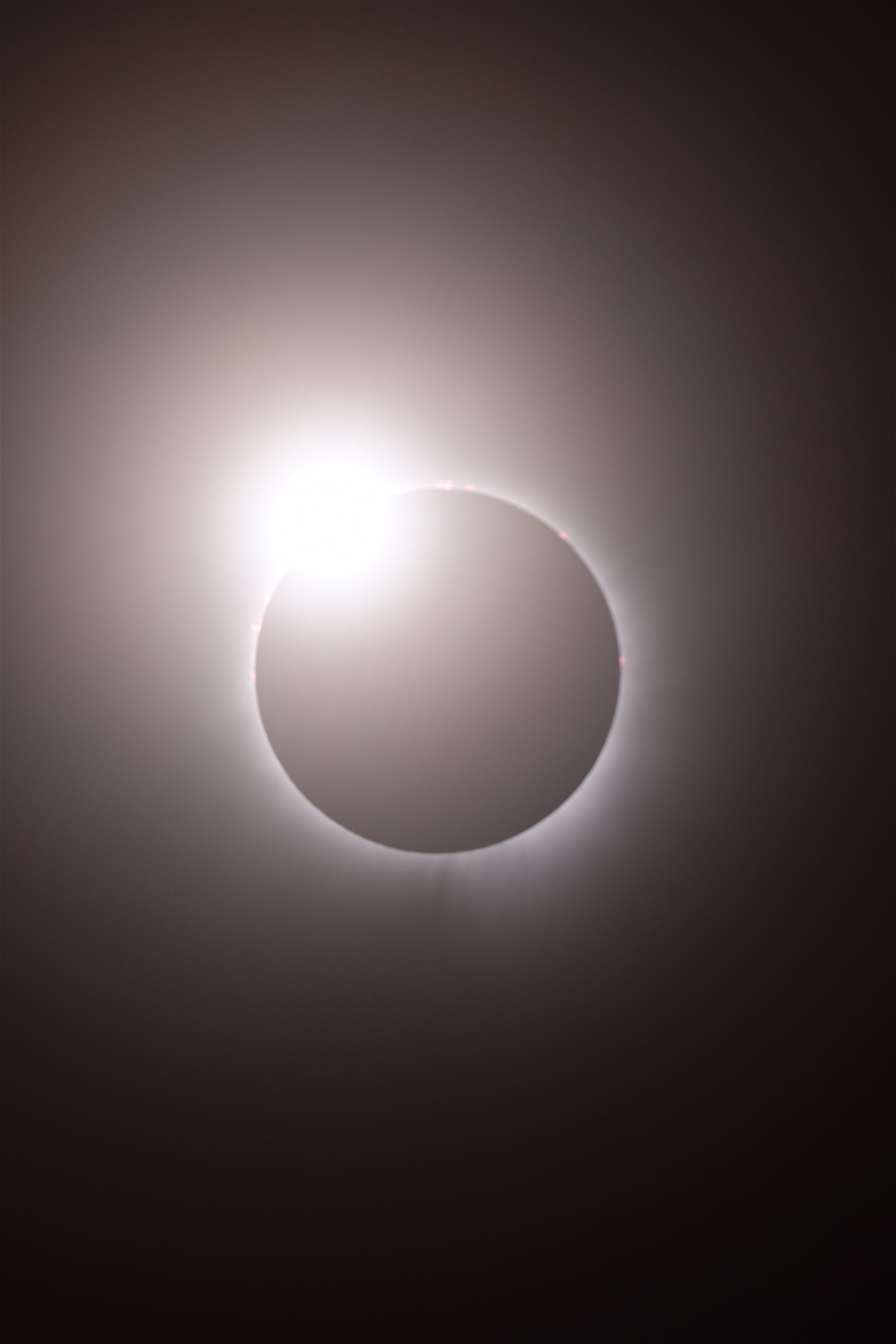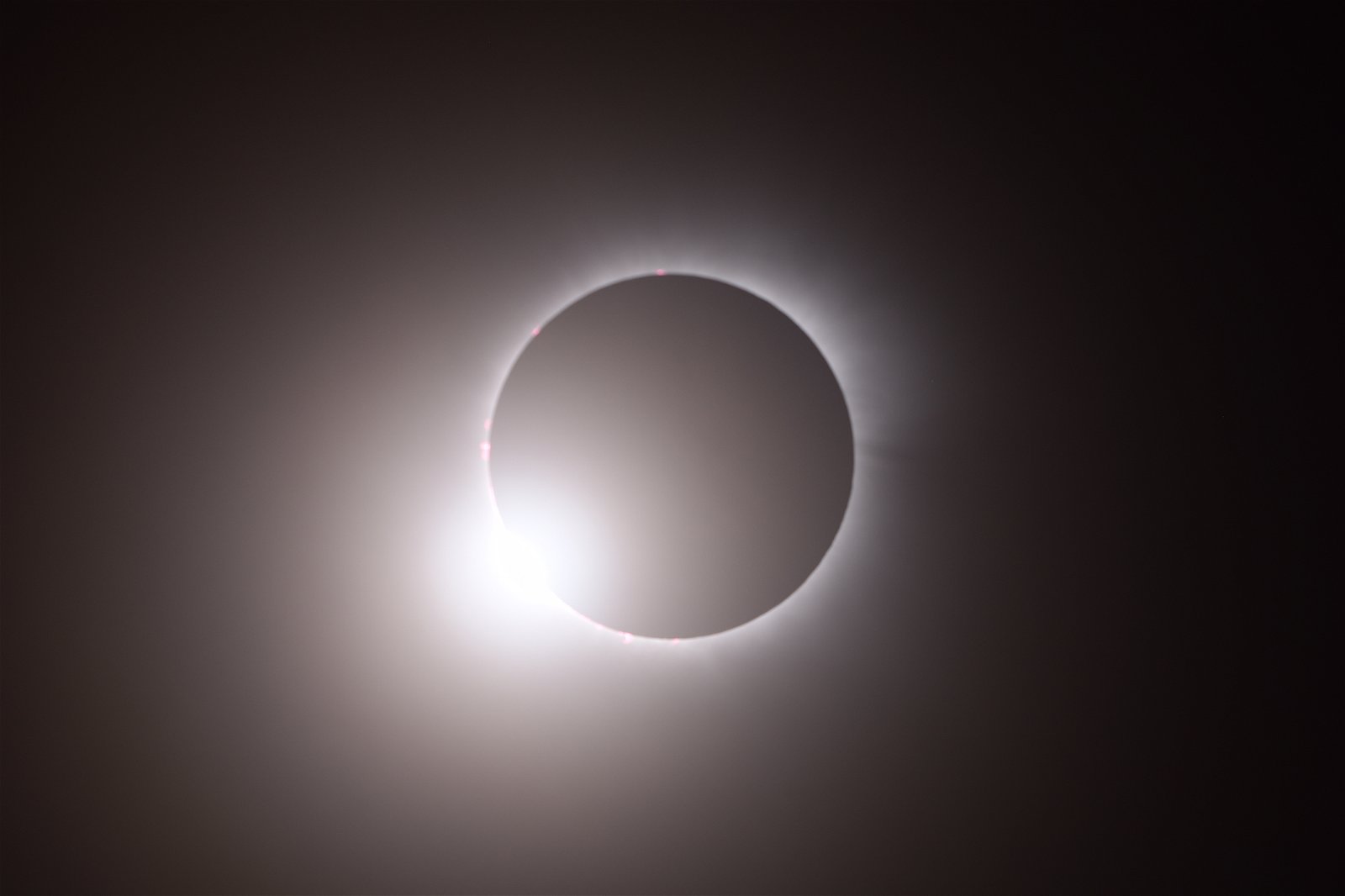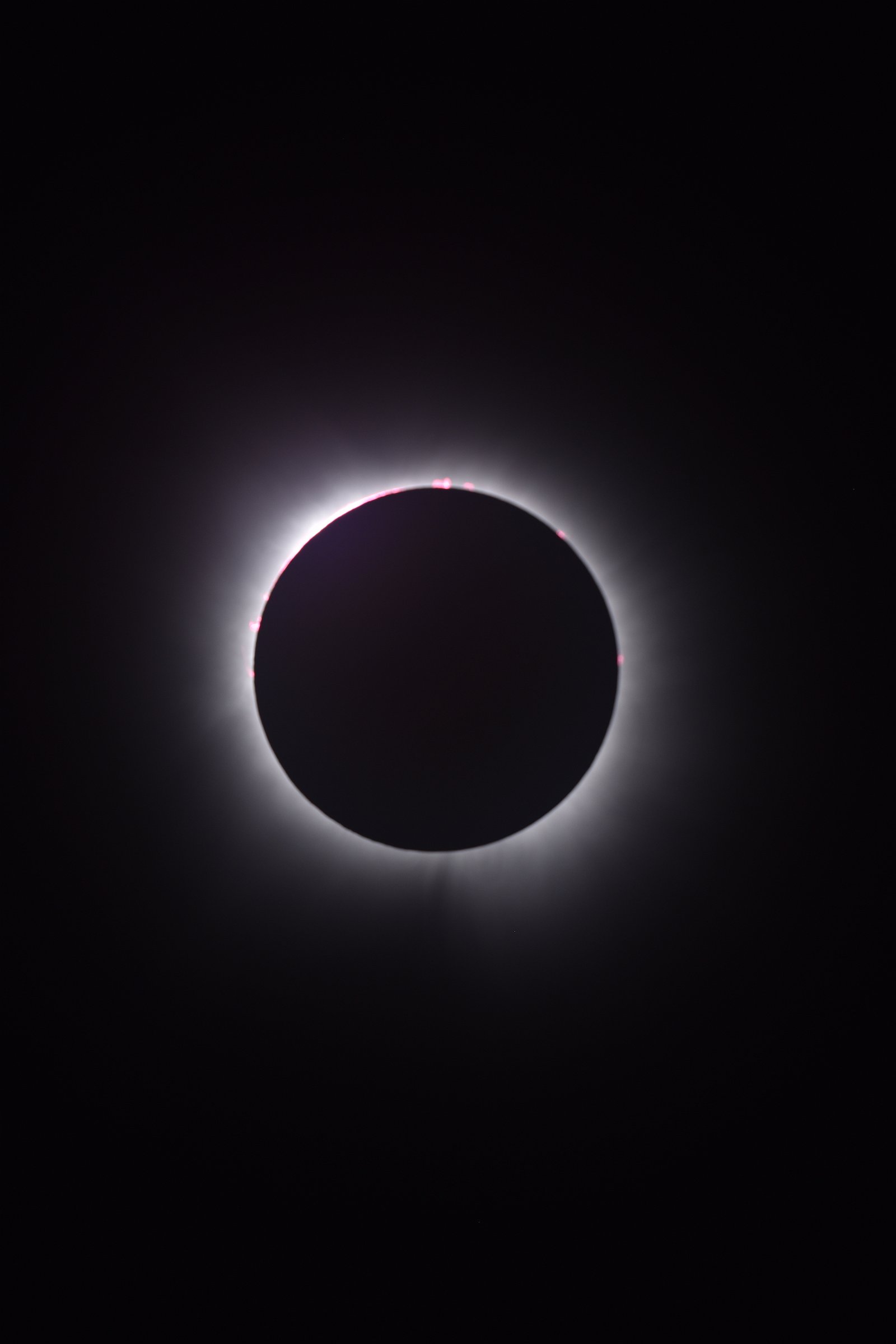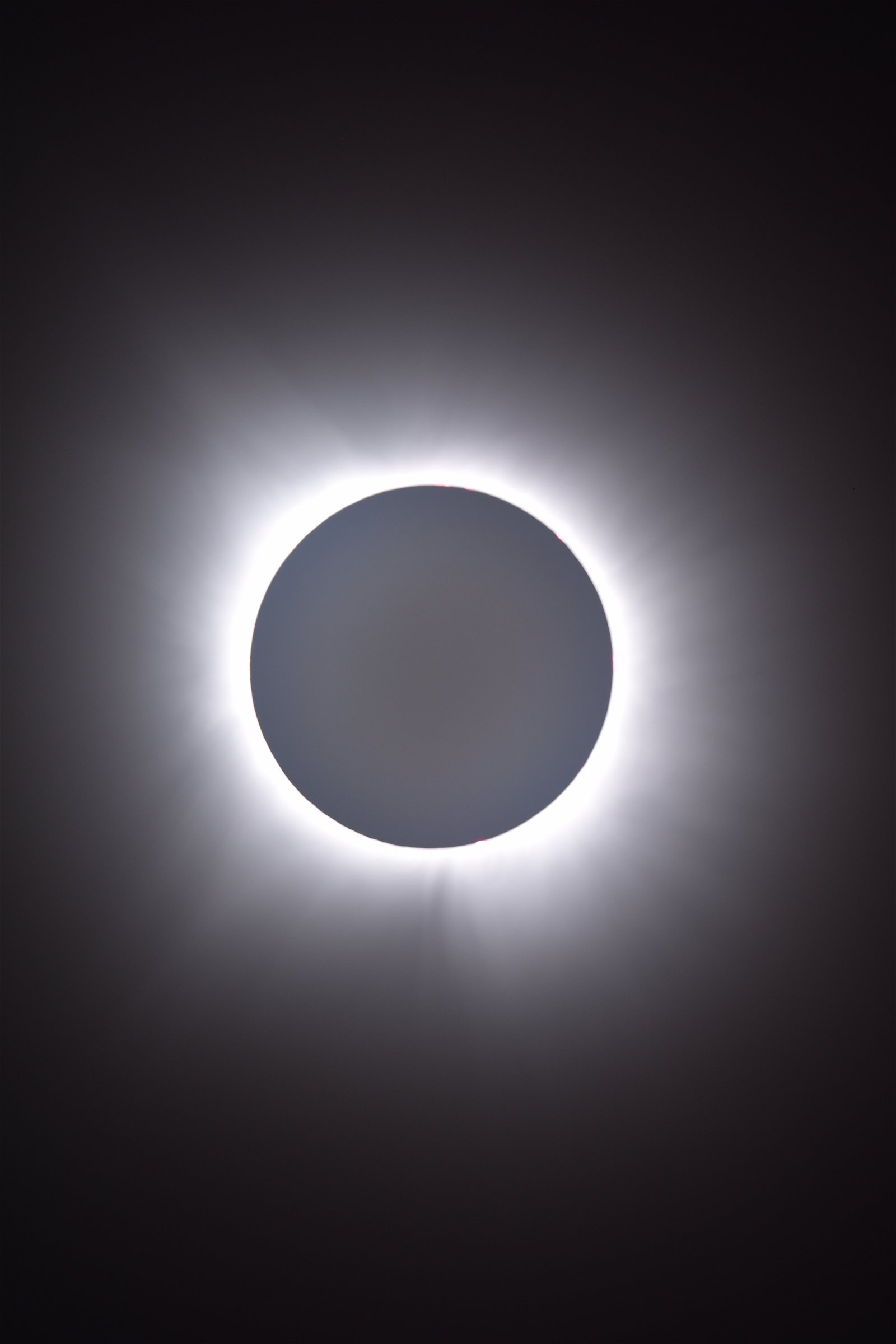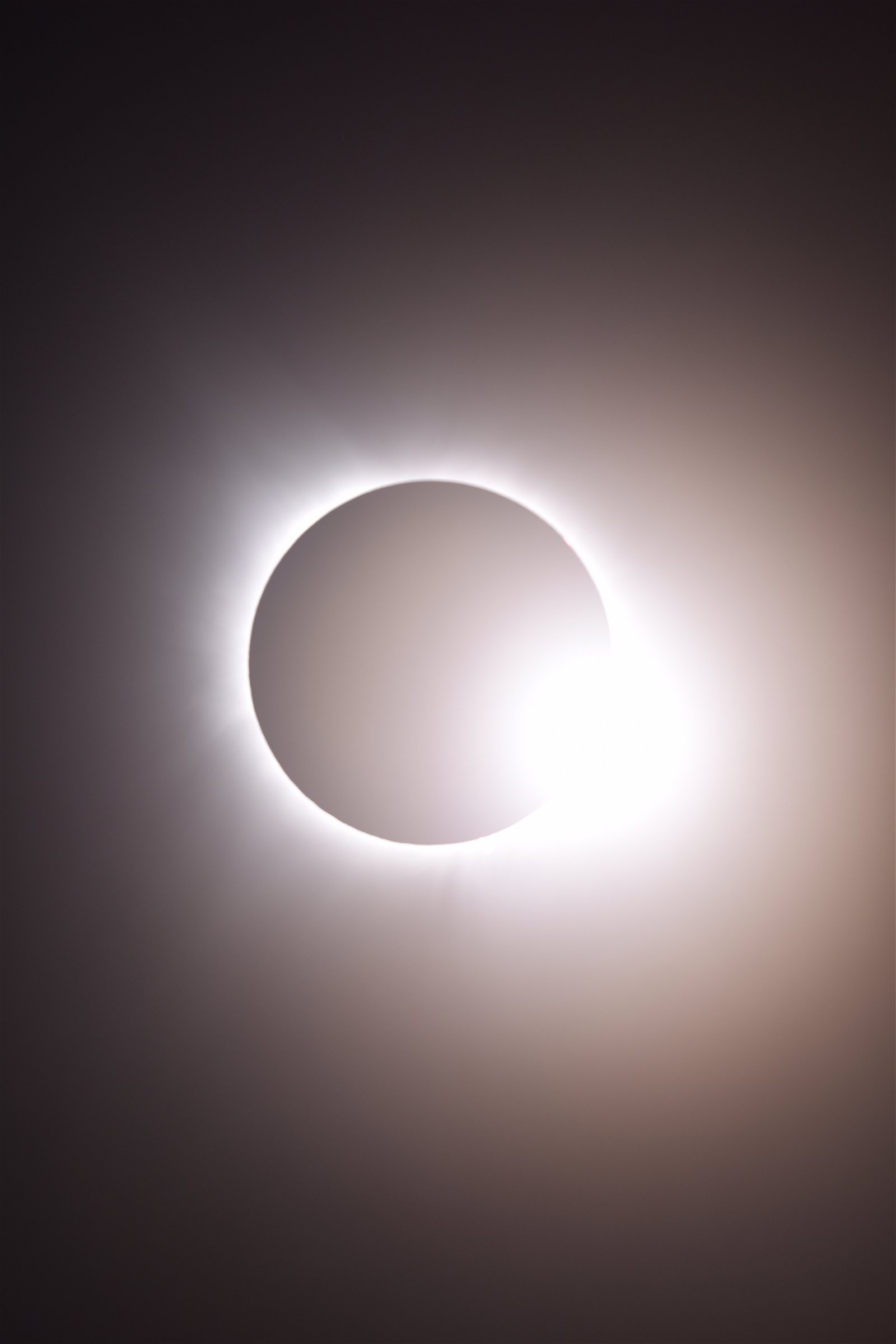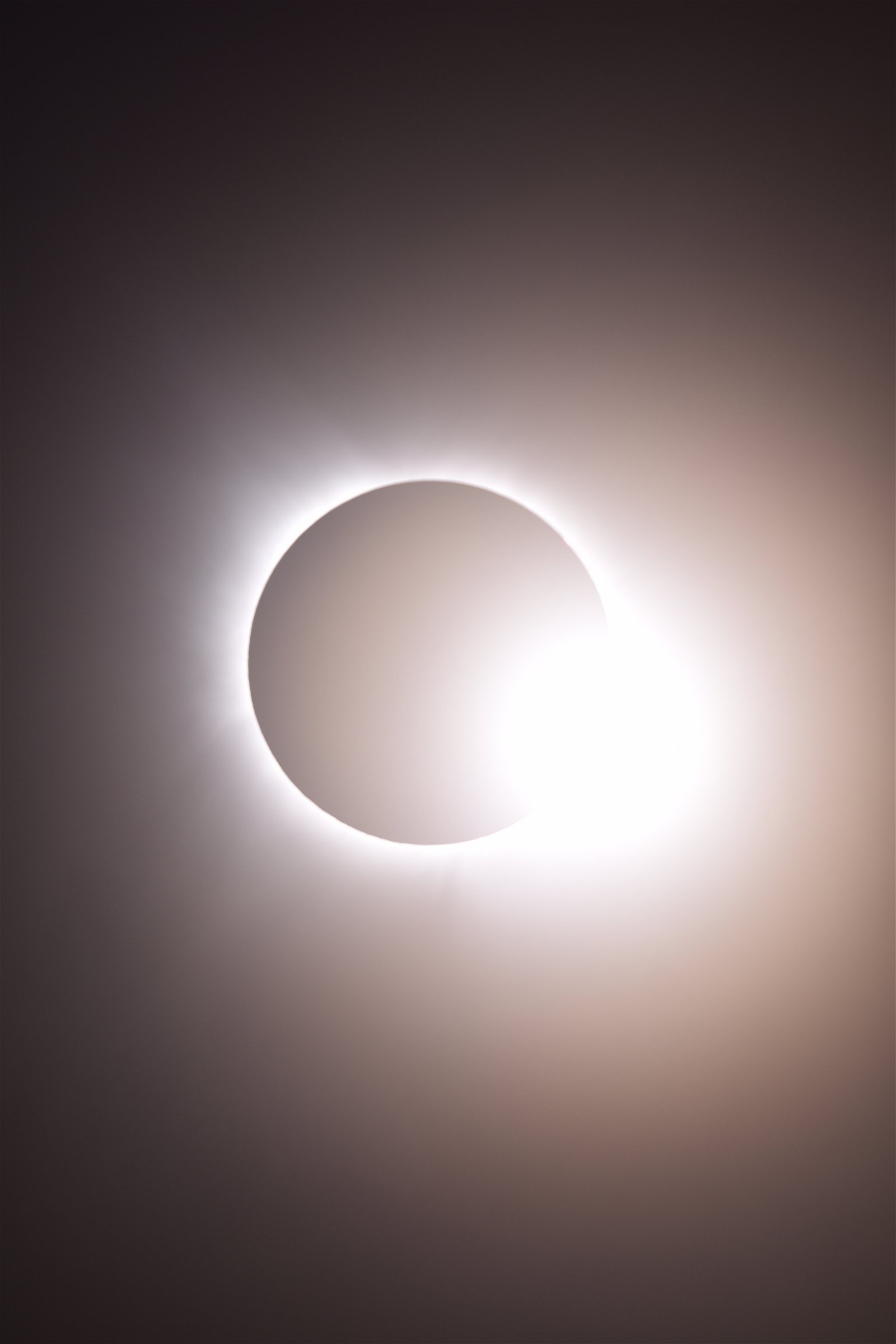Solar Eclipse Question
Ask a Rocket Scientist
by Rob Webb on April 24, 2024First Name: Amelia
First Letter of Last Name: M
Grade: 5
What is your favorite planet or star?: the sun
What is your favorite rocket?: Apollo 11
Question: Hello! I am doing a science report on the solar eclipse, and I can’t find any Christian information. So I was wondering if you could give me some information about the solar eclipse! Thank you!
Hi Amelia, thanks for your great question! Hey, you happen to have the same favorite star as me—the sun! I really like the sun because it was created by our awesome God on day four of creation week to be “the greater light to rule the day” (Genesis 1:16) and the only star specially made to provide warmth and light for us on earth. I also like the sun because I helped put together a really cool (or should I say hot?) NASA mission called Parker Solar Probe (PSP)—which was the first mission to “touch” the sun, by flying through the sun’s upper atmosphere, to learn more about this amazing star created by God.

Illustration of PSP approaching the sun (credit: NASA)
And it just so happens that we also have the same favorite rocket—the powerful Saturn V rocket that sent the Apollo 11 astronauts (Neil Armstrong, Edwin “Buzz” Aldrin, and Michael Collins1) to physically touch down on the lunar surface for the first time in history!2
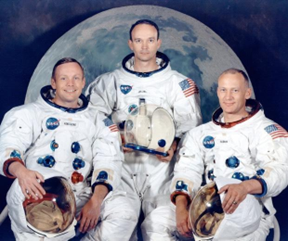
Apollo 11 crew, left to right: mission commander Neil Armstrong, command module pilot Mike Collins, and lunar module pilot Buzz Aldrin (credit: NASA)
Now to your question regarding the recent solar eclipse on April 8. By the way, I really hope you were in a location to see totality on that day! Meaning that you were somewhere in the (~120-mile wide) path of totality, which stretched across the US from Texas to Maine, in order to see the sun totally (100%) blocked.3 On that day, I joined our resident astronomer Dr. Danny Faulkner and other Answers in Genesis staff for an eclipse watch party on a small farm in Indiana to see this awesome celestial event. This was the first time I had ever seen a total solar eclipse (I had only seen partial solar eclipses in the past). And I must say . . . it was the most breathtaking, awe-inspiring demonstration of God’s power and glory I have ever seen! (I felt like my brain had melted while watching it!) It truly was an amazing display of the verse Psalm 19:1: “The heavens declare the glory of God, and the sky above proclaims his handiwork.” Here’s a photo of me (holding my three-year-old son while looking through a telescope during the partial phase) and the rest of my family at the eclipse watch party:

And here are a few amazing images from Dr. Faulkner’s latest blog post4 that he and his team took during this momentous event (he plans to release more images in the coming weeks):
Plus a snippet from his blog, describing the eclipse from a Christian perspective:
“Everyone who witnesses a total solar eclipse finds it to be a moving experience. Many people who do not consider themselves to be spiritual say that it is a spiritual experience. Bible believers recognize that a total solar eclipse is an amazing display of God’s glory. But no matter how spectacular a total solar eclipse may be, it pales into insignificance when compared to God’s glory.”
But you might be wondering . . . how does a solar eclipse work? I’m glad you asked! A solar eclipse happens whenever the moon passes between the earth and sun that blocks out the sun’s light, causing the moon’s shadow to be cast on part of the earth, which happens at various times and along different paths around the world (the April 8 eclipse happened to cross over North America). And as the earth rotates, the moon’s shadow makes a trail on the earth’s surface called the path of totality. So, in order to experience total darkness during the eclipse, you need to be in that path. Otherwise, you’ll only see the moon partially block the sun (this is called a partial solar eclipse).
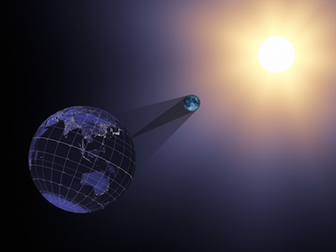
Illustration showing the earth, moon, and sun during a solar eclipse (credit: NASA)
Also, in case you’re wondering why we don’t see an eclipse every month, that’s because the moon’s orbit is tilted (about five degrees compared to the plane of earth’s orbit around the sun). So this means sometimes the moon’s shadow is too low under the earth, or sometimes the shadow is too high above the earth, and other times the shadow is “just right” to produce an eclipse.
What happens when the light from the sun gets completely blocked? If you were in the path of totality on April 8, I’m sure you noticed that it got dark enough to look like nighttime (or like deep twilight) for a few minutes! And you might’ve also noticed that it was dark enough for insects (especially crickets!) and animals to get confused, thinking that it was nighttime. Day animals (like horses) headed home to prepare for sleep, and nocturnal animals (like bats) started to come out. And if the sky was clear of any thick clouds at your location, then the sky was likely dark enough for you to see a few bright stars and planets!5 On top of that, it’s a really cool event—literally! During totality, you likely felt a sudden drop in temperature as the sun’s light was blocked. (On April 8, many of the people around me started getting pretty cold and reaching for their jackets as totality approached!)
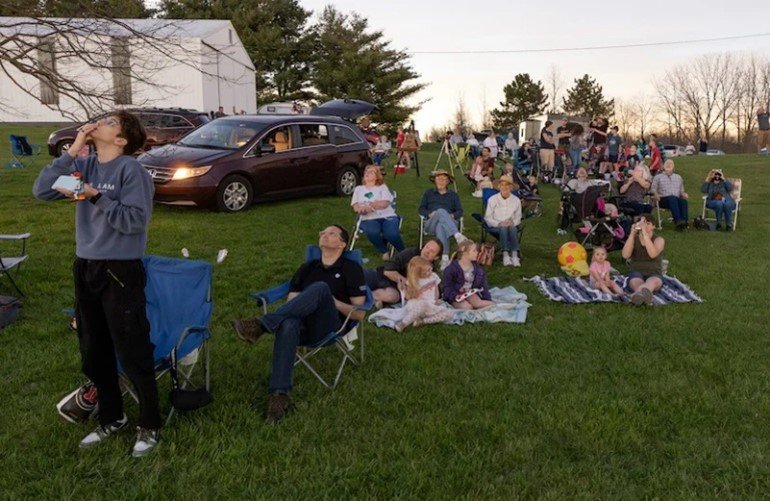
Photo taken during totality of some of the crowd at our eclipse watch party in Indiana
Of course, it’s super fun watching solar eclipses. But did you know it’s also a great opportunity for science? This time of total darkness allows scientists to study the sun’s outer atmosphere, called the corona, which is hard to see. But during totality, all we can see is the light from the corona—the stunning pearly-white glow around the sun. Plus, we also get to see red loops around the sun, called prominences, which generally aren’t visible outside of a solar eclipse (binoculars help to see them).

Solar eclipse stages, with total eclipse stage in the middle, and partial eclipse stages on the left and right (credit: NASA)
You also might be wondering . . . why does the moon appear almost the same size as the sun in the sky? I’m glad you asked that too! That’s because although the sun is about 400 times larger than the moon, the sun is about 400 times farther away from earth than the moon. As a result, the moon appears just big enough to cover the sun, making for a spectacular eclipse—which, by the way, is unique in the whole solar system! No other planet in the solar system has the kind of eclipse we have on earth! All other moons in the solar system either appear too small (resulting in transits) or too large (resulting in over-total eclipses) in the sky on their planet.6 So, if our moon was just a little different in size or distance from us, there would be no total solar eclipse! But because of God’s creative design in the heavens, our moon is just the right size and distance for us to see total solar eclipses!

Cartoon image of the sun and the moon from earth (credit: NASA)
Sadly, unbelievers (people who don’t believe in God) will say that this incredibly beautiful event is due to pure “coincidence” (i.e., just “dumb luck”). But as Christians, we know better! Total solar eclipses are spectacular (and rare!)7 events that tell us that God is the ultimate artist and engineer. Again, earth is the only planet in the solar system where these breathtaking total solar eclipses are possible! And since earth is the only planet with humans who can appreciate these awesome events—it is the only place in the solar system where it matters! Total solar eclipses truly are a wonderful gift given to us from our powerful Creator. What an awesome God that we serve!
Footnotes
- Note, only Armstrong and Aldrin set foot on the lunar surface (Collins was the command module pilot).
- Yes, we really did land on the moon! Sadly, I’ve recently met many people (including Christians!) who believe that the Apollo moon landing was a “fake” (i.e., the whole thing was “staged”). If someone you know has bought into this lie, with a parent’s help, you can start by pointing he/she to this article here: https://answersingenesis.org/astronomy/moon/did-we-really-land-moon.
- If you missed it, you’ll have to wait about 20 years for the next total solar eclipse to cross the US!
- Dr. Faulkner has posted several blogs over the last year, which give a lot of really good information on the April 8 eclipse from a biblical worldview. With a parent’s help, check out his blog posts to learn more about the eclipse from a Christian perspective: https://answersingenesis.org/blogs/danny-faulkner.
- From our location in Indiana, we were only able to see Venus and Jupiter (clouds prevented us from seeing any bright stars).
- For example, Phobos (Mars’ largest and closest moon) appears too small in the sky to completely cover the sun from the martian surface. Here’s a cool video, taken by NASA’s Perseverance rover, showing an eclipse on Mars: https://www.youtube.com/watch?v=aKK7vS2CHC8.
- A total solar eclipse occurs somewhere in the world about every year and a half. And on average, there is about four centuries between total solar eclipses at any given location.
- © 2025 Answers in Genesis
- Privacy Policy
- Contact
- About



